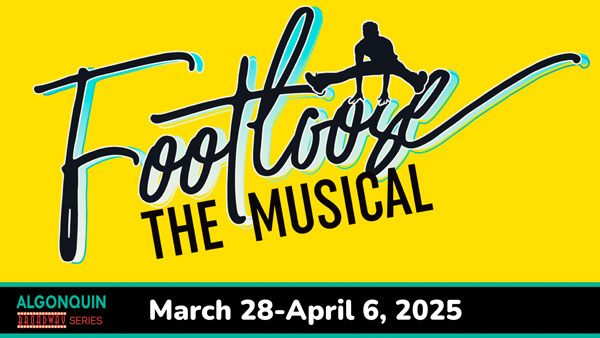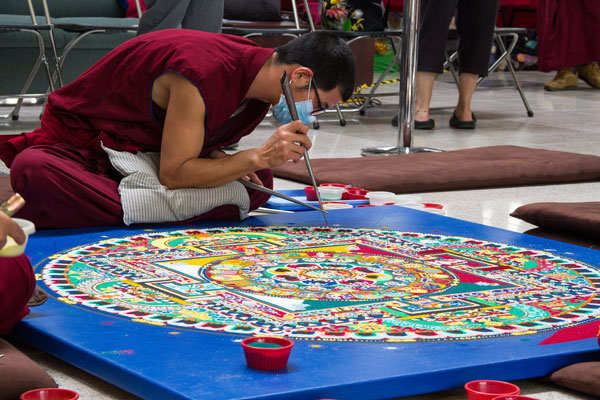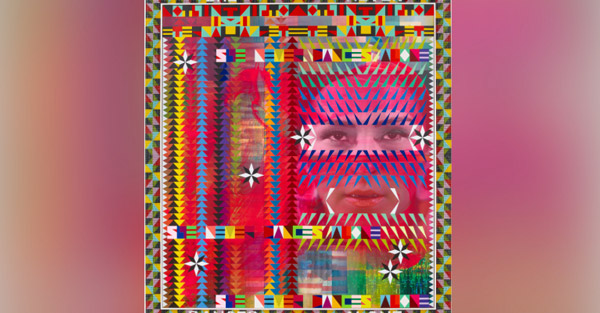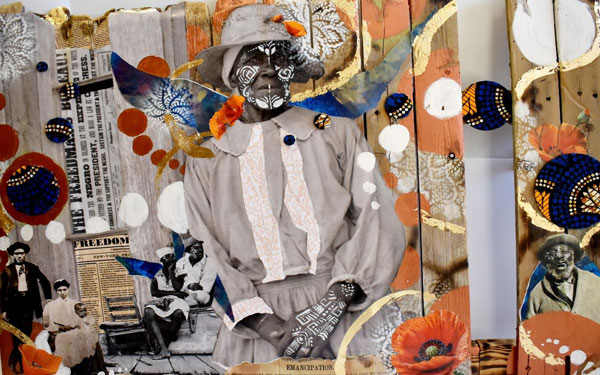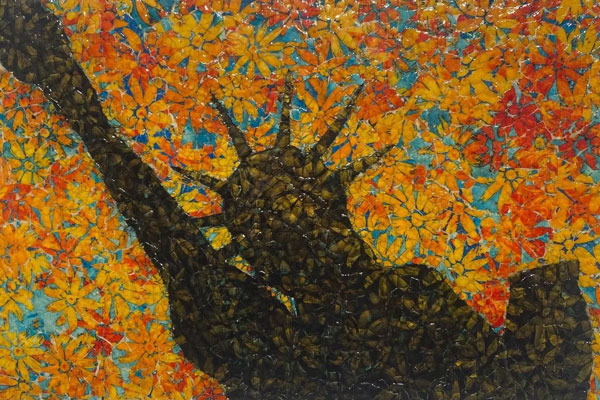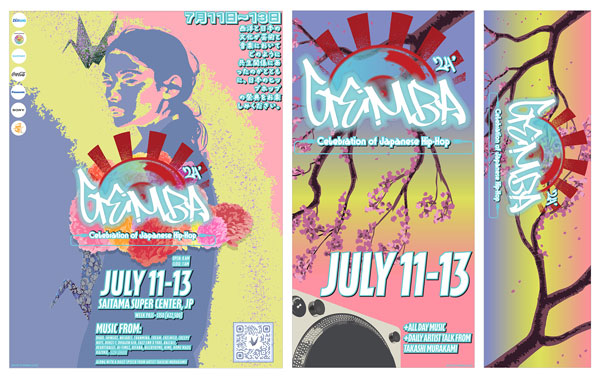By Shen Shellenberger, JerseyArts.com
originally published: 10/15/2020
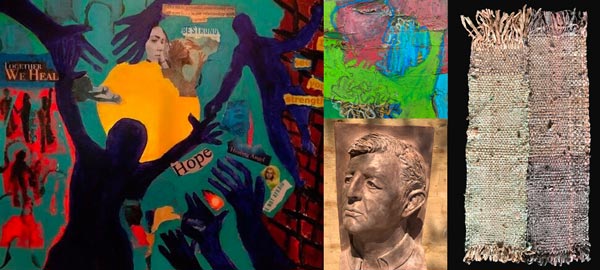
The press release for “Art and Healing” begins like this, “As we cautiously emerge from the quarantine of the past few months, the West Windsor Arts Center (WWAC) has created an exhibition that looks at art as a healing tool.”
And with these words describing the online exhibition on view through October 23, WWAC invites us to join them in considering art as a way to address the range of mental and emotional reactions we have been experiencing since COVID-19 became a central part of our lives this spring.
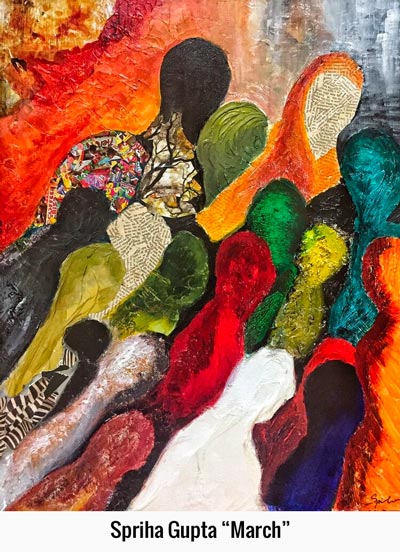 We are in various stages of isolation. We are emerging, but it is slow going. And we are cautious about almost everything – about what we do and say, who we see and where we go, and how we act when we get there. Life is more complicated than it was before. And, to strike a healthy balance, we need to find ways to offset the undercurrent of tension.
We are in various stages of isolation. We are emerging, but it is slow going. And we are cautious about almost everything – about what we do and say, who we see and where we go, and how we act when we get there. Life is more complicated than it was before. And, to strike a healthy balance, we need to find ways to offset the undercurrent of tension.
This is where art comes in.
I asked Aylin Green, WWAC’s Executive Director, just how the exhibition came to be.
“We have an exhibition committee, all-volunteer with many artists involved, who help conceive our exhibitions. When we were planning this,” Green said, “we knew it would be virtual.”
But that did not keep the group from deciding to design an exhibition around a thoughtful and relevant subject.
“I credit them with coming to a consensus on this important theme,” she said.
Green is also pleased with the selection of Lisa Freeman as the exhibition juror, who Green says “has strong ties to the topic.”
Freeman has worked with the Robert Wood Johnson Hamilton Foundation, which focuses on the Rutgers Cancer Institute of New Jersey (Hamilton Campus) and the Holistic Medicine Program offered there, and she recognizes that treatment goes well beyond the physical aspects.
“She gets the mind/body connection,” Green said, “and she approached her responsibilities as a juror with openness and understanding.”
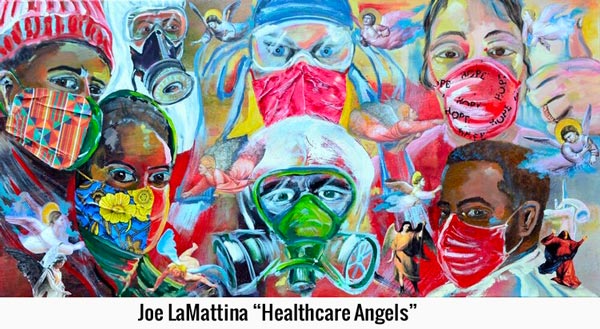
The exhibition statement explains that WWAC “invited artists to explore the theme of Art and Healing, not only as it relates to the COVID-19 pandemic and the profound impact it has had on our lives, but also to reflect on past life experiences or feelings relating to healing from any condition or challenge.”
And more than 40 artists answered the call.
Green said most of the works were created within the timeline of the pandemic, with the focus clearly on the shifting, often-unsettling environment around us. That focus took a distinct and individual form for each artist.
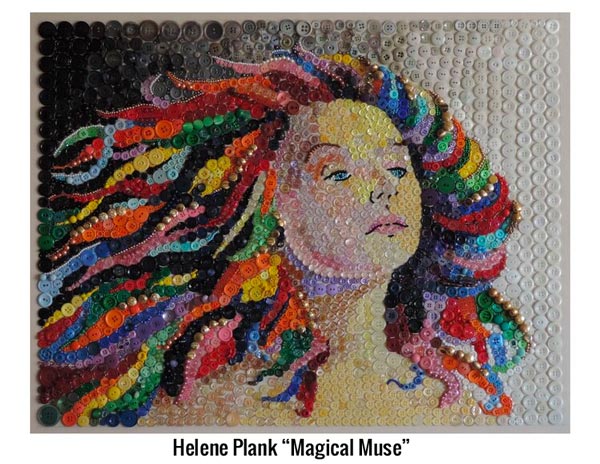
Take Helene Plank’s “Magical Muse,” for example. It’s an eye-catching, brilliantly colored portrait of a woman that Plank created by hand-sewing hundreds of buttons and beads onto canvas. But when Lisa Freeman saw the work, she was reminded of a particular patient in treatment who was able to find joy in common things, like feeling the wind on her face.
“When you hear a story like that, it brings tears to your eyes,” Green said, “and it takes you deeper into the art.”
Other artists seek to provide solace through their work, as Maureen Bennett does with “Quarantine Backyard Mandala ~ Fern Goddesses,” one of the mandalas she makes by combining photography, drawing, and painting to create hand-colored archival prints.
“With Bennett, it’s more about the process,” Green said. “She goes into her backyard and makes these works and viewer gets to appreciate them. But for her, the creation is its own meditative exercise.”
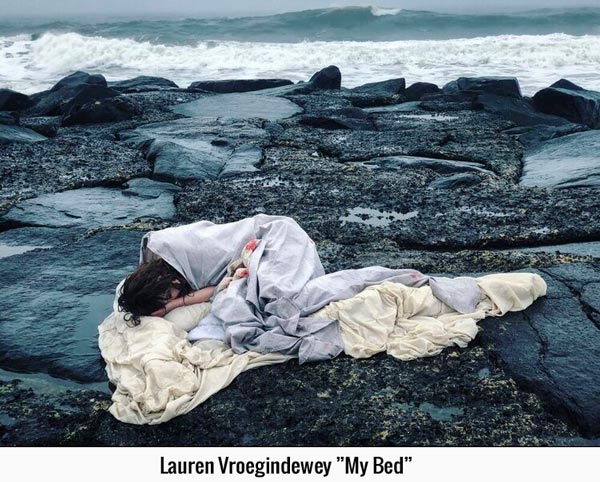
Artist Lauren Vroegindeweyor’s work in the exhibition, “My Bed,” is a still from a performance piece.
“She slept out by the ocean overnight, documented it, and created a video,” Green said. “Her deeply personal experiences expressed through such strong images are very powerful.”
The form is simple with some works – “Table Cloth Series,” Anubha Sood’s piece made from recycled sari silk, for example, or Kim Matthews’ drawing, “Prayer for Renewal” – yet each is still able to clearly convey our complex reactions to the ways our world has been altered.
While still honoring the concept, other works in the exhibition feel more communal, almost as if they are reaching out to bring people into this shared experience, like Spriha Gupta’s “March,” Joe LaMattina’s “Healthcare Angels, ” and Thomas Choila’s “Empathos."
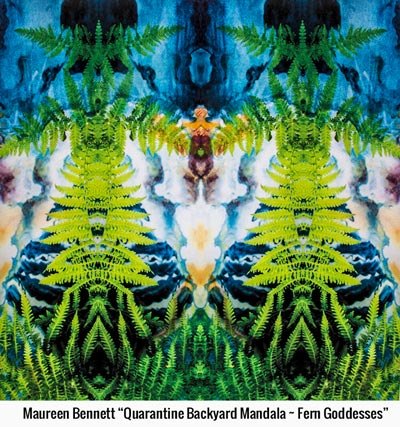 I could continue citing dozens more extraordinary examples, but I will leave you now to explore the exhibition on your own.
I could continue citing dozens more extraordinary examples, but I will leave you now to explore the exhibition on your own.
While “Art and Healing” has been at the center of WWAC’s recent activities, it is far from the only thing happening there.
“When you don’t have the usual, you ask yourself how else you can be of service to people,” Green said. “In the spring, we designed an art challenge on Facebook (#WWartseveryday). We released a new word prompt daily and encouraged people to create art inspired by that word. That was quite well-received.”
WWAC has also stepped up efforts to collaborate with other organizations. “For the past few years, we have been doing more partnerships,” Green said. “For example, we worked with Send Hunger Packing to create a Free Pantry, inspired by the Little Free Library concept. We repurposed an old newspaper box, which now sits outside the art center, and it is a self-sustaining, 24/7 access to food.”
“Those kinds of things have been some of the strongest connections,” Green said.
Because the art education classes have traditionally been the main programs at WWAC, Green said that being able to offer the same level of participation while the center is closed is their biggest challenge.
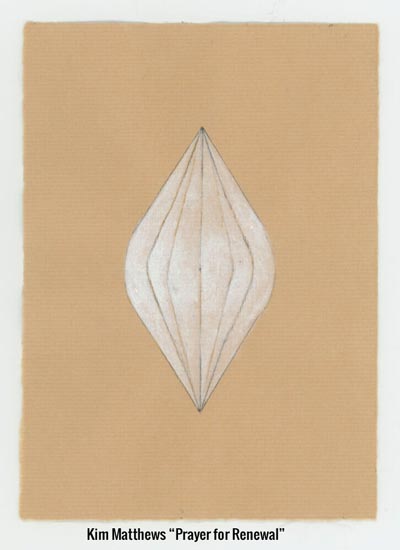 “We are doing everything we can to continue to present options that are special and intimate and interactive,” Green said, “and reach out to the community to find out what is important to people.”
“We are doing everything we can to continue to present options that are special and intimate and interactive,” Green said, “and reach out to the community to find out what is important to people.”
“We want to be able to provide people with a means of expression and a voice,” she said, which is how the Community Art Project: Art Against Racism came about.
“We invited people to share personal stories about racism – where they have experienced it and how it affects them – by creating 12” x 12” squares,” Green said, “which will be collected and sewn together like a Tibetan prayer flag.”
The dedication ceremony will take place outside the arts center on Saturday, October 17 at 11:00 AM, and it will be streamed live on the WWAC Facebook page.
“These are very real ways to harness the power of the arts and address the different needs of different segments,” she said. “And we plan to do more of that.”
“It is our responsibility to our community.”
Images at top: Thomas Choila’s “Empathos," Karen Schoenitz' "Rabbit Hole," Beth Malcolm's "Father Looks Forward" and Anubha Sood's "Table Cloth Series"
About the author: Jersey Girl, music lover, and culture geek – Shen Shellenberger has made a career of her life-long love of the arts. From her jobs at WXPN-FM and the Philadelphia Museum of Art, to her 25 years as a freelance writer, she instills her Jersey-born roots in all she does. Whether it’s the beauty of a classic painting, the dynamics of contemporary dance, or the raw energy of rock ‘n’ roll, Shen brings her perspective to whatever she covers.
Content provided by
Discover Jersey Arts, a project of the ArtPride New Jersey Foundation and New Jersey State Council on the Arts.
FEATURED EVENTS
To narrow results by date range, categories,
or region of New Jersey
click here for our advanced search.

 We are in various stages of isolation. We are emerging, but it is slow going. And we are cautious about almost everything – about what we do and say, who we see and where we go, and how we act when we get there. Life is more complicated than it was before. And, to strike a healthy balance, we need to find ways to offset the undercurrent of tension.
We are in various stages of isolation. We are emerging, but it is slow going. And we are cautious about almost everything – about what we do and say, who we see and where we go, and how we act when we get there. Life is more complicated than it was before. And, to strike a healthy balance, we need to find ways to offset the undercurrent of tension.






